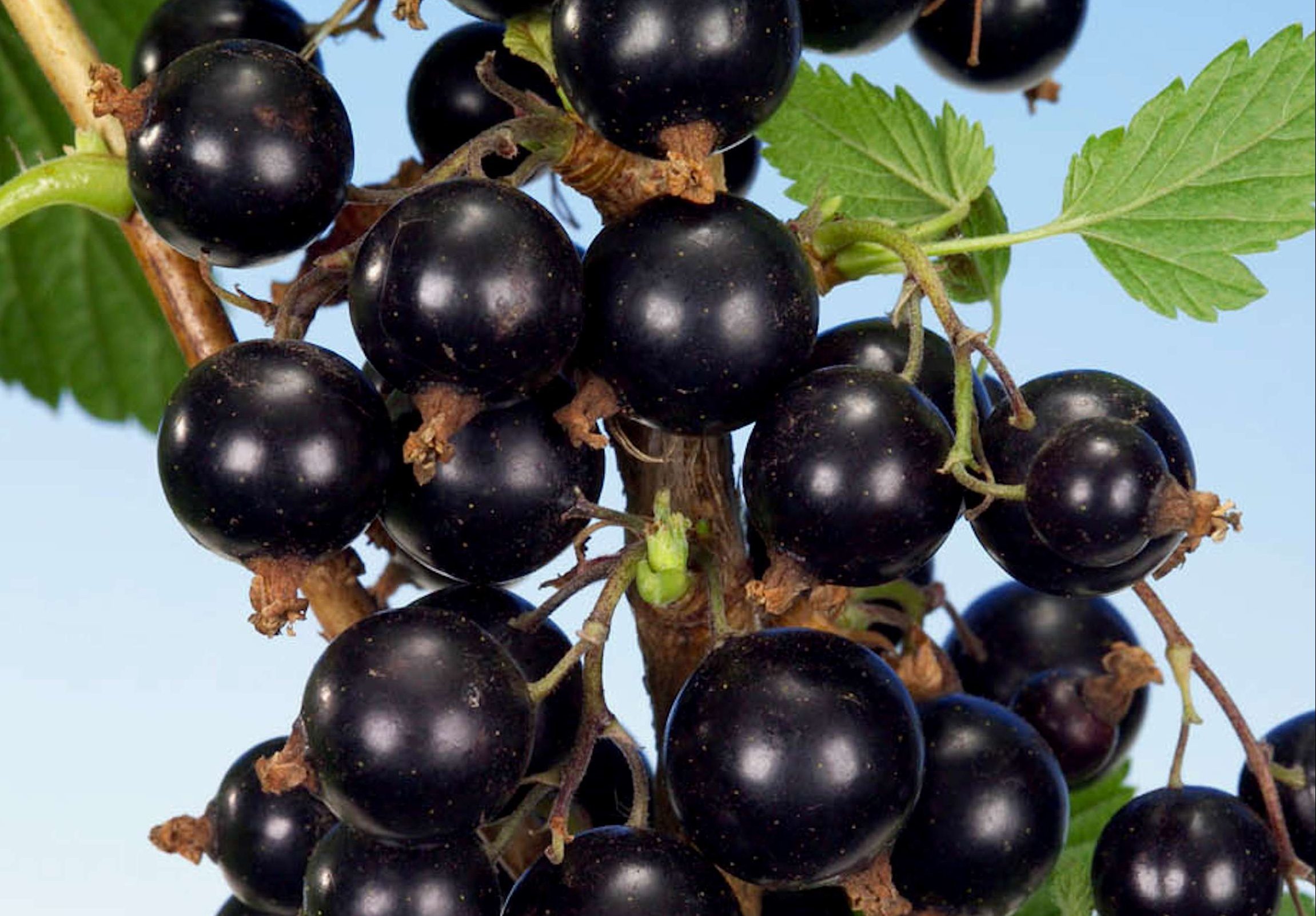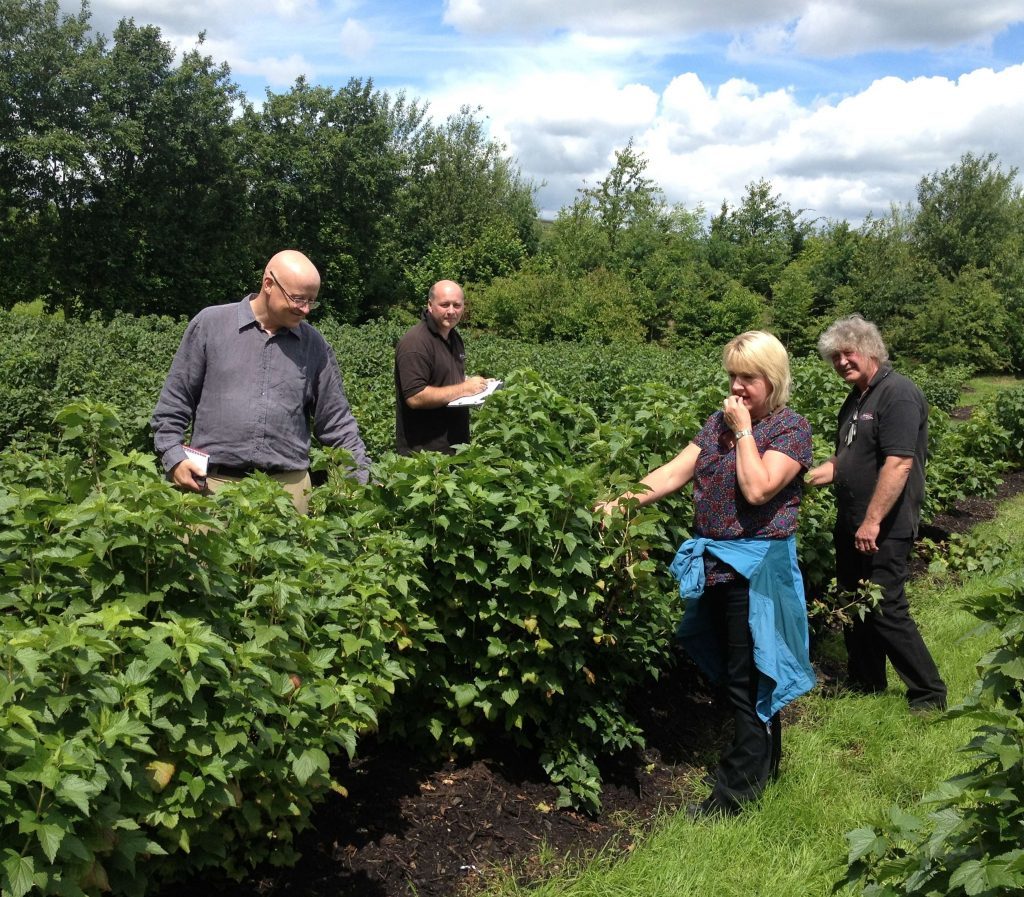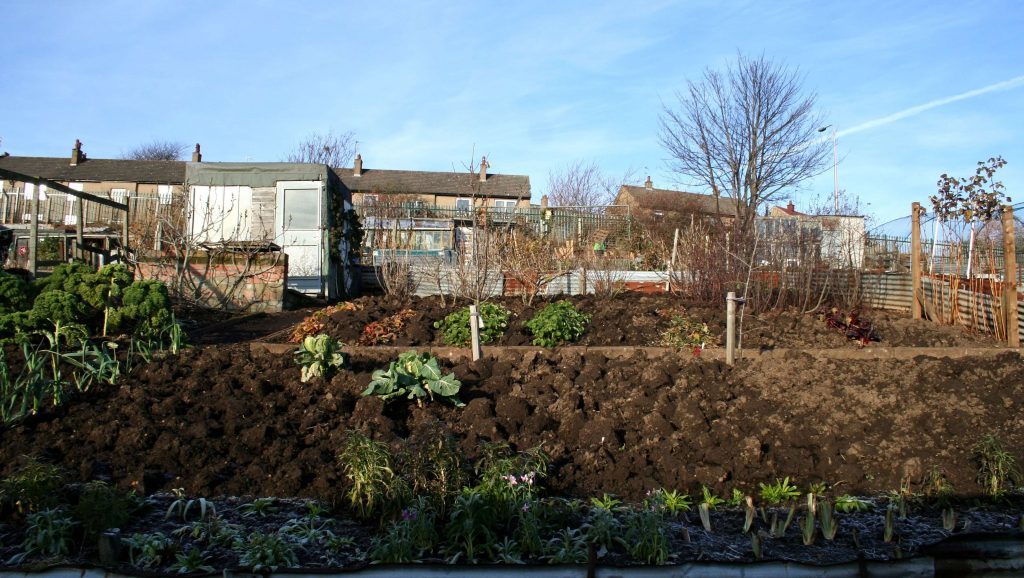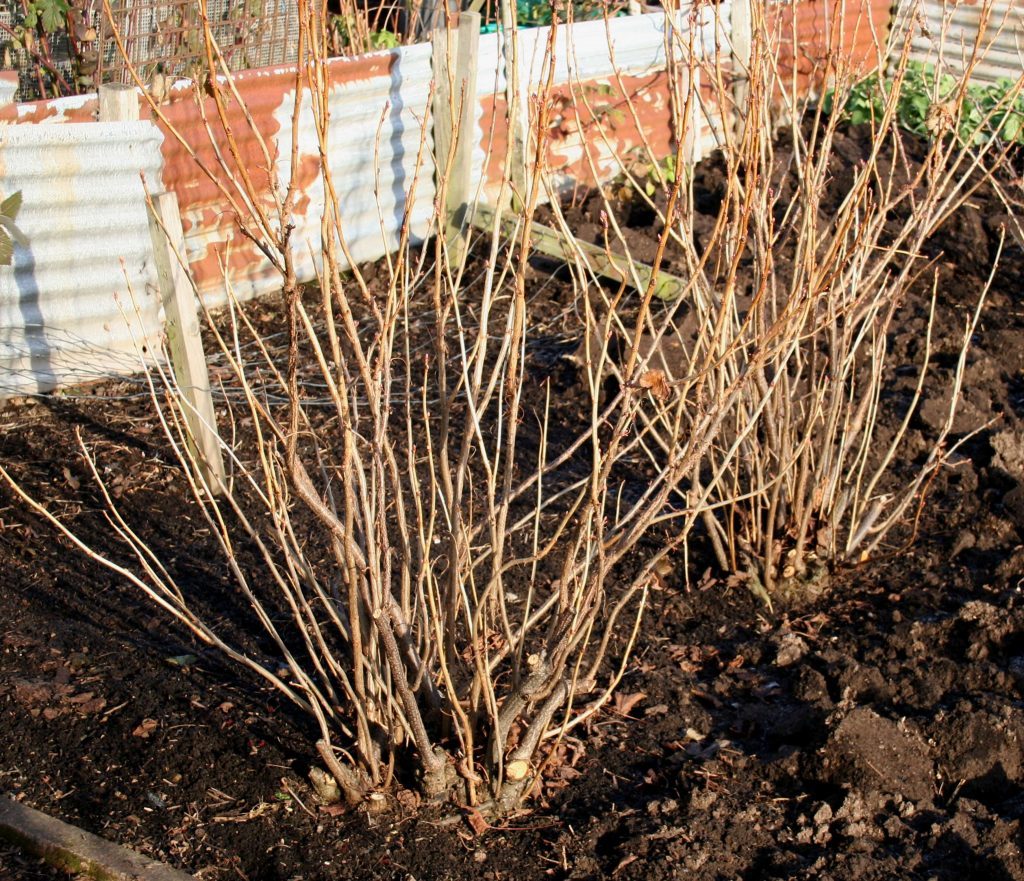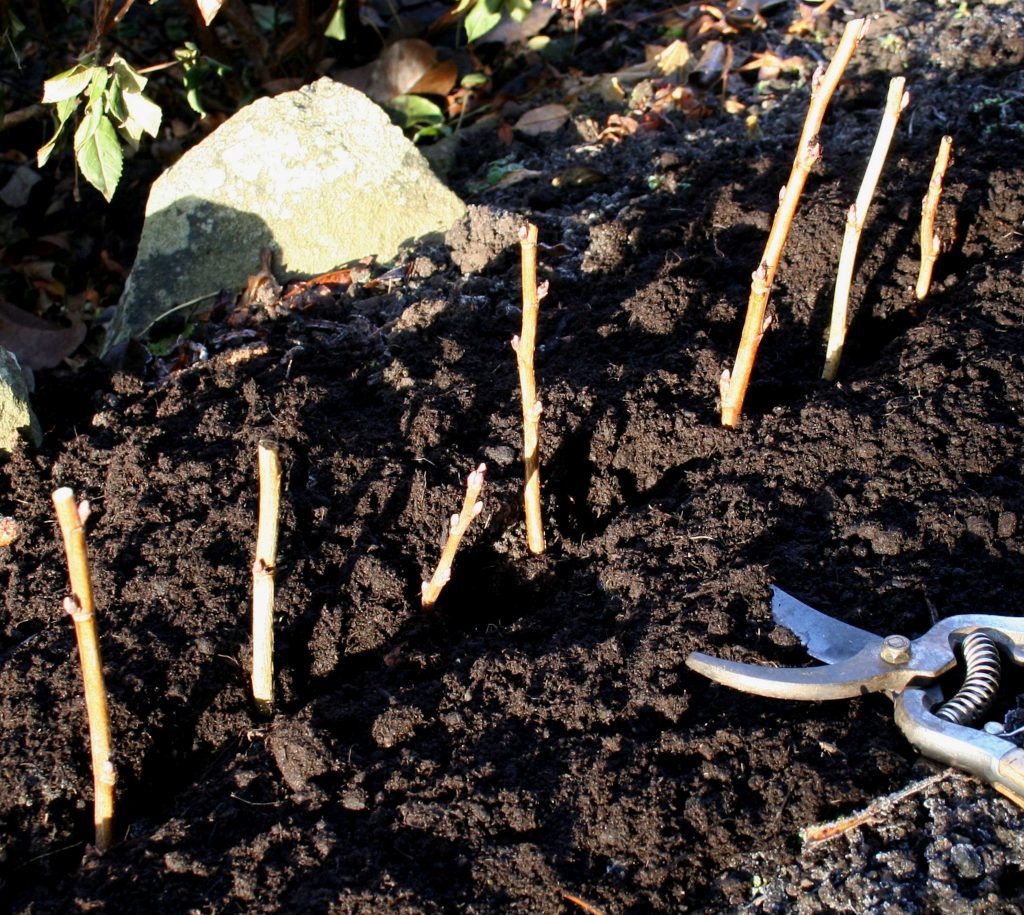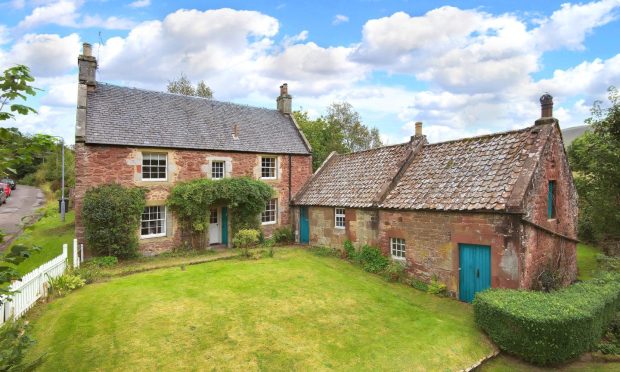Blackcurrants are now almost an essential fruit on allotments and in gardens. They have come a long way over the years.
Native to northern Europe and northern Asia our soils and climate are perfect for their successful cultivation and fruiting.
Their popularity was encouraged after the last war when a shortage of fresh fruit such as oranges rich in vitamin C was likely to affect the health of the nation.
The variety Baldwin was very popular as were Wellington XXX and others. However many of these were prone to pests and diseases, especially reversion, a virus disease spread by the gall mite which was quite common making the bushes worthless.
The Scottish Crop Research Institute, now James Hutton Institute, took on the task to sort these problems.
Another problem causing poor yields was late frosts affected some varieties prone to flowering too early.
Research work started about sixty years ago with Malcolm Anderson and continues today with Rex Brennan along these lines and also looking to increase berry size, vitamin C content, flavour, health benefits, sweetness and resistance to other diseases.
The new range of varieties in the “Ben”series now account for about 99% of all blackcurrants grown in UK, 95% of which goes for Ribena production.
One of the first to be released was Ben Lomond in 1972.
In the garden Ben Hope and Ben Connan are hard to beat, but Big Ben, with larger sweeter berries that are great to eat straight off the bush is giving strong competition.
Blackcurrants are very high in vitamin C as well as vitamin A and B, the minerals iron, manganese, phosphorus, copper and many others and the fruit has high levels of anthocyanins.
We can eat the berries fresh in summer, especially Big Ben, and freeze surplus for future use in jams, jellies, juice, compote, summer puddings and it makes one of my favourite wines, especially after laying down for three years.
If patience is not your strong point, try a Blackcurrant Cassis which will be ready for Christmas if crushed immediately after a summer harvest and put in a large glass jar with sugar, a few blanched almonds and steeped with a dark rum.
Strain off the liquid a few days before Christmas for a warm festive tipple with a fantastic flavour.
Blackcurrants grow on most soils but prefer them fertile and free draining, but still retaining moisture.
Plant two year old bushes in prepared soil, spacing them about five to six feet apart.
Then prune all shoots to a few buds above ground level, dress with some fertiliser and add a mulch to control weeds and retain moisture.
In future prune to retain young shoots and remove old less productive wood.
Give an annual dressing of fertiliser and continue to mulch and keep weed free. Bushes should grow to about six feet tall and yield up to ten pounds of fruit per plant.
Breeding over the last sixty years has eliminated most pest and disease problems, but young shoots can still attract greenfly infestations so keep a watch over them and if necessary spray with an insecticide used for rose pests, or if you wish to go organic then cut out any infested shoot tips.
Propagation of blackcurrants is very easy and rooting is usually 100% successful. Take strong one year old shoots from healthy bushes after leaf fall and before growth starts again in spring, and trim them to about ten inches long.
Line out in a nursery row, spacing the cutting four to six inches apart and inserting them into the ground about six inches deep.
Keep them watered if dry weather prevails in summer and remove all weeds. They should be rooted and ready to lift and replant with more space a year later to make a strong bush for permanent planting.
Wee jobs to do this week
Recent winds and frost have helped trees and shrubs to drop their leaves so take the chance on any dry day to get them raked up, collected and added to the compost heap.
Autumn has been remarkably dry this year, so getting the garden and allotment ready for winter is well ahead and all of this year’s compost heap has been spread and dug in so these fresh leaves will begin a new compost heap.
This will be added to with kitchen waste, trimmings from winter vegetables and whatever the next ten months has to offer.
